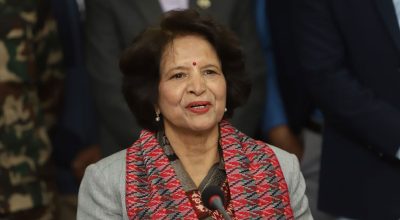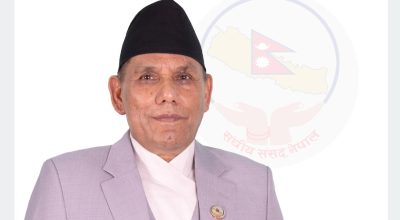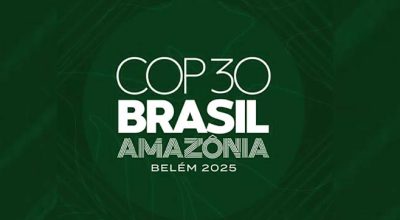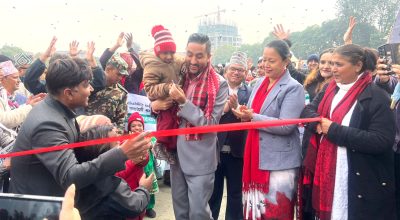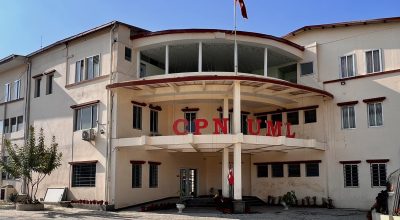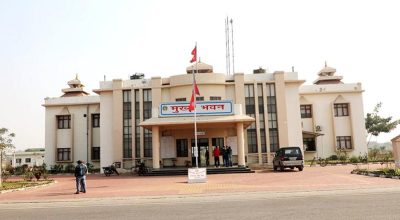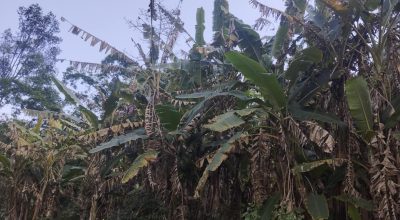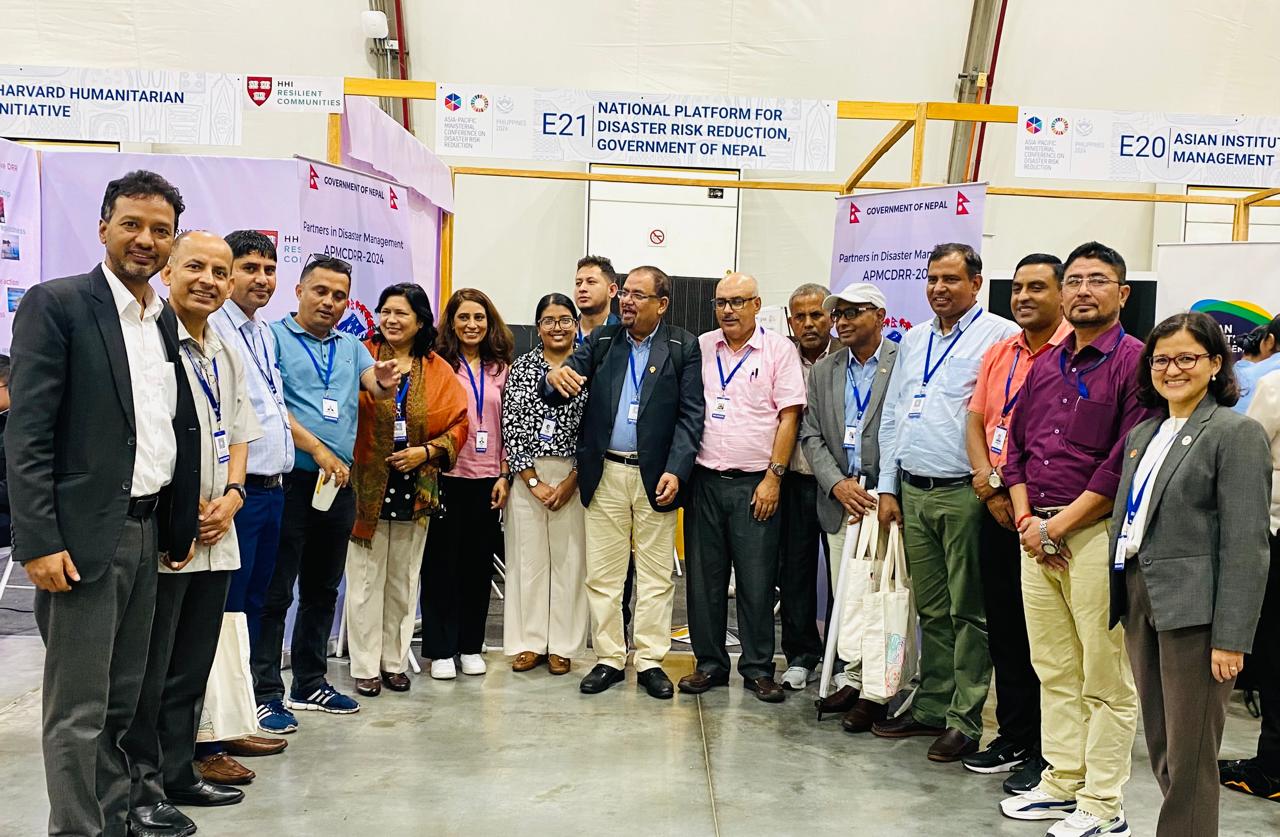
The Asia-Pacific Ministerial Conference on Disaster Risk Reduction (APMCDRR) is an intergovernmental conference that plays a crucial role in shaping the disaster risk management strategies of the Asia-Pacific region, the most disaster-prone area in the world. Established to facilitate the implementation of the global frameworks like the Hyogo Framework for Action (2005-2015) and, subsequently, the Sendai Framework for Disaster Risk Reduction (2015-2030), the APMCDRR has evolved into one of the most important platforms for enhancing regional cooperation in disaster risk reduction (DRR).
The first conference, then known as the Asian Ministerial Conference on Disaster Risk Reduction (AMCDRR), was held in Beijing in 2005. It marked the beginning of a series of conferences that have since been hosted in countries such as India, Malaysia, the Republic of Korea, Indonesia, Thailand, and Mongolia, showcasing the region’s commitment to DRR.
The Indian Ocean tsunami of 2004, which devastated large parts of coastal Asia, particularly India, marked a turning point for many governments in the region, pushing them to adopt more robust DRR policies. These conferences, in partnership with the United Nations Office for Disaster Risk Reduction (UNDRR), have since provided a platform for countries to share lessons learned, coordinate their approaches to disaster risk governance, and work collectively toward preventing and mitigating disaster risks.
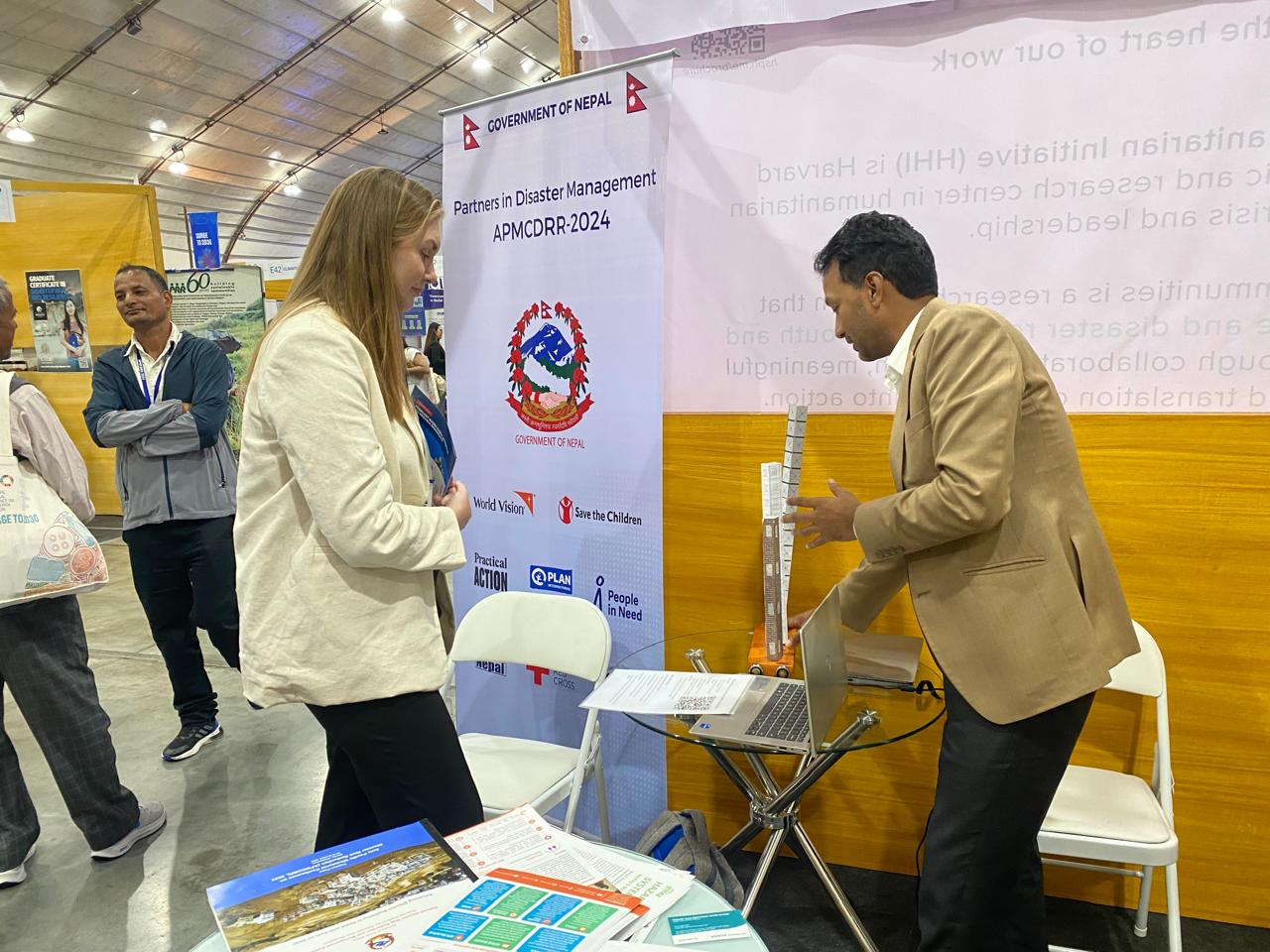
In 2022, the APMCDRR was hosted in Australia, reflecting the region’s growing sense of urgency in addressing the rising frequency and intensity of natural disasters, particularly those exacerbated by climate change. The recent APMCDRR was held in Manila, Philippines, from 14-18 October 2024, with over 5,000 participants from government, civil society, academia, the private sector etc. As the host, the Philippines is a fitting choice, given its geographic vulnerability to natural disasters, including typhoons, earthquakes, and volcanic eruptions.
Highlights of APMCDRR 2024
The APMCDRR 2024 is centered around three thematic pillars: enhancing disaster risk reduction financing, fostering gender-responsive and inclusive disaster risk governance, and strengthening localization in both urban and rural resilience efforts. These pillars are underpinned by four cross-cutting themes: science, technology, and knowledge; multi-stakeholder coordination and collaboration; convergence and coherence of disaster risk strategies; and full private sector engagement.
During the conference’s opening ceremony, President Ferdinand Marcos Jr. of the Philippines emphasized the need for international cooperation and increased investments in DRR, pointing out that climate change is intensifying the impacts of disasters, particularly in vulnerable regions like the Philippines. He called on both developed and developing nations to increase access to DRR financing mechanisms, especially for countries that are least developed and highly vulnerable.
Kamal Kishore, Special Representative of the UN Secretary-General for Disaster Risk Reduction, reinforced the urgency of deepening regional cooperation and aligning national DRR policies with the global frameworks like the Sendai Framework. He acknowledged that while the Asia-Pacific region is a pioneer in many DRR strategies, countries are falling behind on meeting the Sendai Framework’s targets. The complexity and unpredictability of disasters are increasing, requiring not just local and national solutions but also regional cooperation and convergence of efforts.
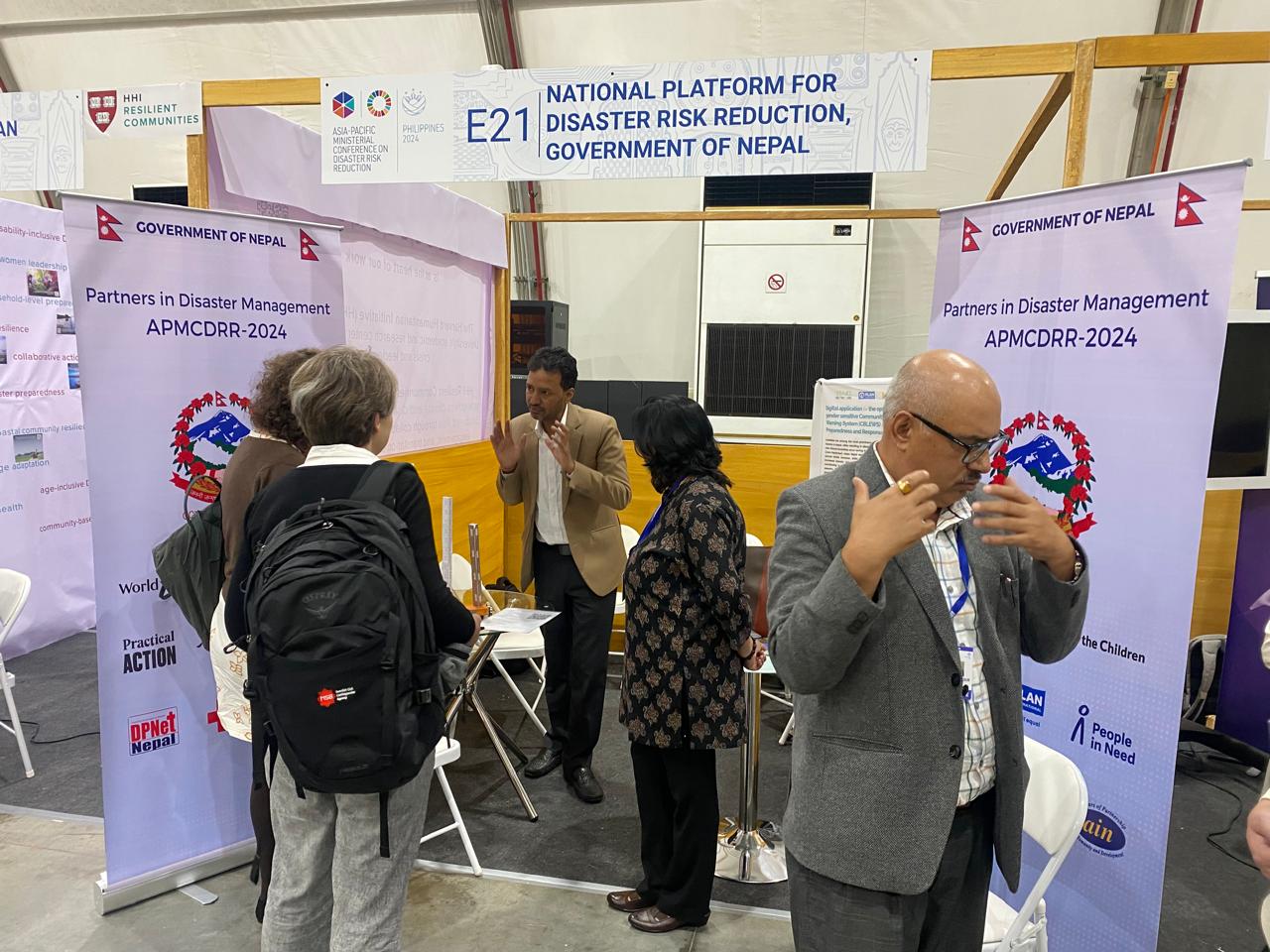
The APMCDRR 2024 also features an exhibition booth and the Philippine Pavilion, showcasing the country’s best practices in DRR. The closing ceremony wrapped up with key insights gathered from plenary sessions, panel discussions, ignite stage presentations, exhibition booths, and the Philippine pavilion with folliwng key takeaways:
• Governments must establish inclusive disaster risk governance frameworks and invest in both structural and non-structural measures to prevent new risks and reduce existing ones, ensuring shared responsibility among all stakeholders.
• Local action is essential for building resilience, with at-risk communities participating in risk assessments and local governments allocating dedicated DRR budgets and policies, supported by improved access to finance.
• Strengthening ecological systems and protecting biodiversity through nature-based solutions are important for integrating climate change adaptation with DRR, highlighting the importance of ecosystem health.
• Private sector involvement in DRR should extend beyond corporate social responsibility, embedding resilience into business models and fostering alliances for mutual benefit.
• The Gender Action Plan calls for capacity building to ensure women’s inclusion in DRR decision-making, promoting gender-responsive strategies at all levels of governance.
Nepal’s Participation in APMCDRR 2024
Nepal’s involvement in the APMCDRR 2024 highlights the country’s significant role and ongoing commitment to disaster risk management in a region where natural disasters are common and often devastating. Nepal’s participation in the conference, led by the Executive Chief of the National Disaster Risk Reduction and Management Authority (NDRRMA), includes a diverse delegation of 43 representatives from both government and non-government sectors. The delegation highlights Nepal’s multi-stakeholder approach to DRR, involving not only government officials but also experts from academia, disaster-affected communities, and civil society organizations such as DPNet, which coordinated Nepal’s entire participation in the event as the secretariat of the National Platform for Disaster Risk Reduction.
Before attending the APMCDRR 2024, Nepal conducted extensive preparatory work for over six months, which involved drafting a position paper and official statements. These documents were shared with more than 5,000 stakeholders for feedback, ensuring a broad representation of perspectives. After incorporating relevant feedback, Nepal finalized its position paper, which was printed in accessible formats such as Braille to ensure inclusivity, particularly for people with disabilities.
Nepal’s position at APMCDRR 2024 highlights the country’s vulnerability to natural disasters, particularly in the context of climate change. As a landlocked and least-developed country, Nepal faces significant challenges in managing disasters, which have become more frequent and severe in recent years. The country is particularly susceptible to extreme weather events like floods, landslides, and Glacial Lake Outburst Floods (GLOFs), all of which are exacerbated by climate change. Despite these challenges, Nepal has made progress in DRR, adopting comprehensive frameworks and policies such as the Bipad Portal and establishing localized DRRM governance structures.
However, financial constraints and capacity bottlenecks continue to hinder the full implementation of these strategies. Nepal is therefore calling for greater international cooperation and enhanced access to climate financing mechanisms like the Green Climate Fund to support its resilience-building efforts. Additionally, Nepal emphasizes the importance of technology transfer, capacity building, and partnerships to strengthen its disaster preparedness and response capabilities, particularly in vulnerable and marginalized communities.
During the APMCDRR 2024, various participants from Nepal actively engaged in plenary sessions, panel discussions, and ignite stages, sharing their experiences and best practices in DRR. Nepal’s exhibition booth attracted hundreds of visitors who were particularly impressed by the country’s efforts to publish DRR documents in accessible formats like braille and demonstrate innovative tools like the earthquake shake table. The shake table, which simulates the effects of earthquakes in relation to soil strcture on buildings of different heights, was praised for its ability to simplify complex engineering and geological concepts, making them accessible to the general public.
Liva Shrestha, a structural engineer from Nepal, was also recognized as a 2024 WIN DRR finalist for her pioneering work in resilient housing across the Asia-Pacific region. With over 18 years of experience, Shrestha played a leading role in post-earthquake recovery efforts after the 2015 Gorkha earthquake, helping to reconstruct and retrofit over 32,000 homes. Her work in advocating for accessible finance for low-income households has made home strengthening more feasible, improving long-term resilience for providing training for more than 4000 Nepali enginners and supporting vulnerable communities not only in Nepal but also in the Philippines and Indonesia.
Nepal’s participation in the APMCDRR was successful in showcasing its disaster risk reduction initiatives and fostering valuable regional partnerships. The country plans to organize a post-APMCDRR meeting to share the learnings and explore their implications for Nepal, making the event a great learning opportunity for all Nepali participants. #Nepal
Dr. Raju Thapa, Chair/DPNet, Member Secretary/NPDRR






